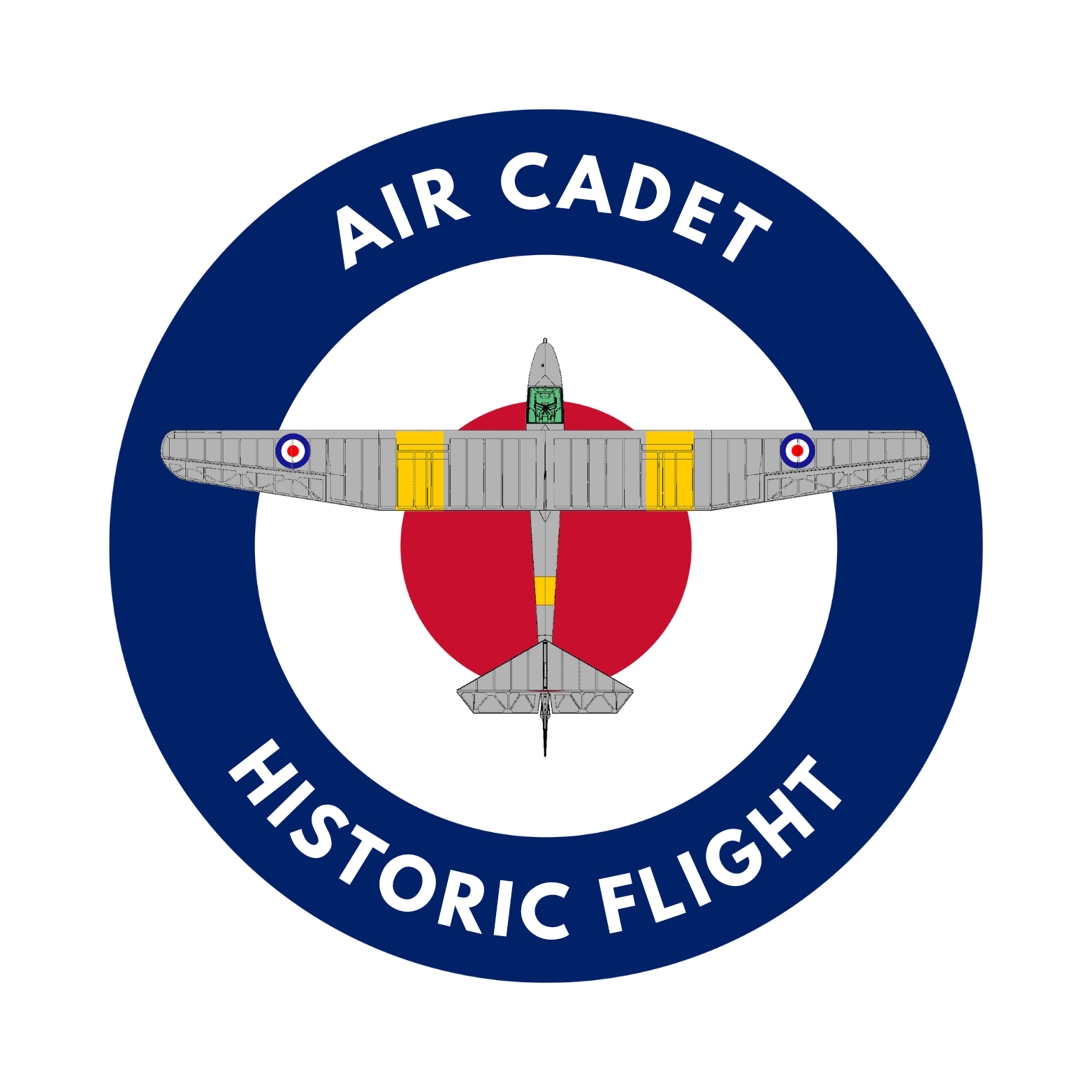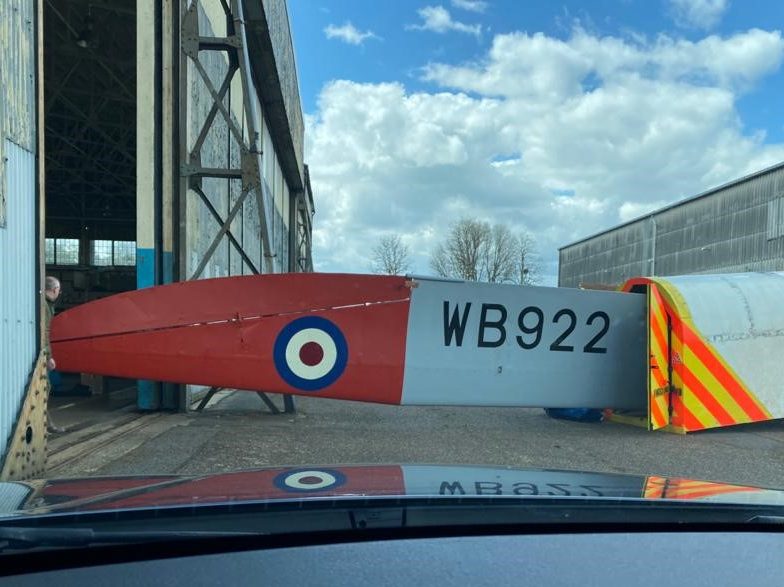The Slingsby T8 Kirby Tutor was initially developed for civilian use by adopting higher-aspect ratio wings, which gave a noticeable increase in soaring performance. Gliding clubs could also elect to buy the wings alone and fit them to Kirby Kadet fuselages as required and they were in common use as first solo gliders through the 1950’s and 60’s.
The Tutor was also produced for use by the Air Training Corps, being renamed as the Cadet TX Mk.2. Sixty-two Cadet TX Mk.2s were ordered from 1944. Eventually Slingsby sub-contracted Martin Hearn Ltd. to build twenty five T7 Kirby Cadets and a further twenty five new T8 Kirby Tutors, and total production was over 100 aircraft. The interchangeability of the components led to many hybrid aircraft, having wings and fuselages of different types mixed together.
XE761 is awaiting some restoration work to bring it back into service alongside our Prefect, Swallow, Grasshopper and (hopefully) a reconstructed Cadet TX Mk.1 to represent the range of early solo Air Cadet gliders.
| Designation | Slingsby | T8 | |
| Wingspan | 13.2 meters | Length | 6.4 meters |
| Wing Area | 170 Sq Ft | Aspect Ratio | 11 |
| Empty Weight | 160 Kg | Max Weight | 258Kg |
| Max Speed (VNE) | 78 Kts | Glide angle | 1:16 @ 34Kt |

